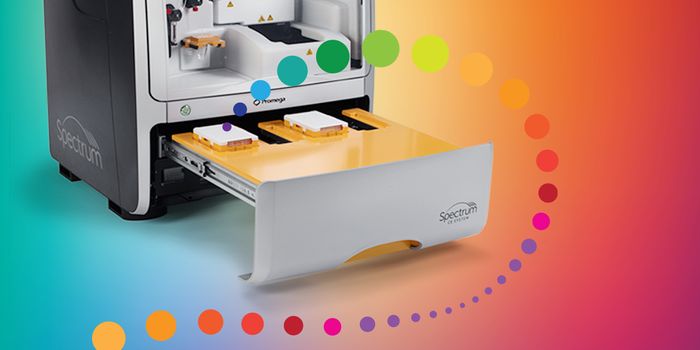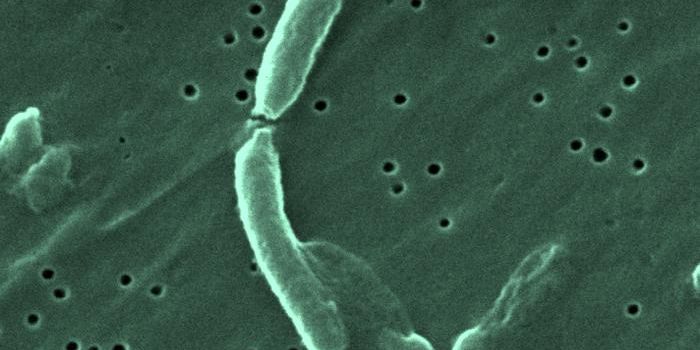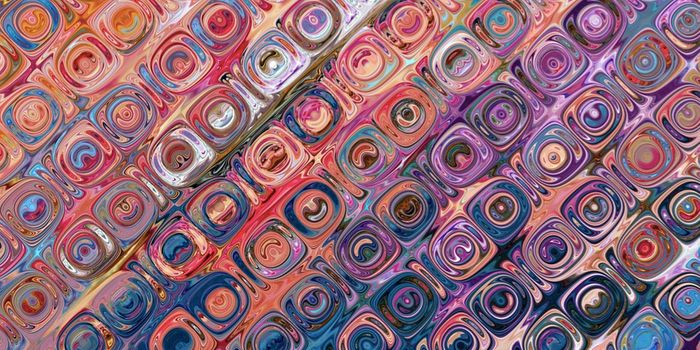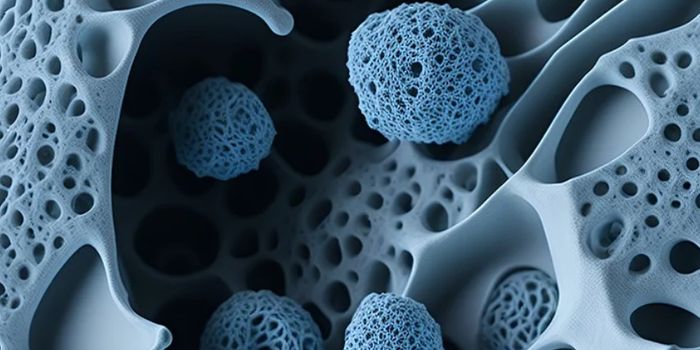A Gene Editor to Correct a Common Cystic Fibrosis Mutation
Cystic fibrosis (CF) is a common genetic disorders that has been well studied. Researchers have identified CF-causing mutations in a gene called CFTR, which encodes for an ion channel. The genetic mutations disrupt the ion channel., leading to the accumulation of thick mucus in the lungs and other areas. This significantly increases the risk of infection and causes breathing problems. While there are treatments for CF, such as a three-drug cocktail called Trikafta, this drug can lead to cataracts and liver damage. At $300,000 per year, it is also incredibly expensive and may not be available to all CF patients.
Reporting in Nature Biotechnology, researchers may have found a new way to treat the underlying cause of CF, however. The approach involves gene editing. While such tools have become more common in recent years, there are still challenges to their application in the clinic, including finding safe and effective delivery systems.
One gene editing tool is CRISPR. But this technology often involves making cuts to the double-stranded genome. So scientists have made modifications to CRISPR enzymes, one of which has limited the types of cuts that they can make. Prime editing is one such approach, and can make insertions and other changes wihtout cutting through double-stranded DNA. It was used in this study.
A mutation in which CTT bases are deleted from the CFTR gene is the most common cause of CF. A guide RNA, which brings the gene-editing machinery to the right place in the genome, is used to bring an enzyme to the CFTR gene. There, the missing bases are inserted. The researchers also worked to make the target more accessible.
This effort created a gene editing tool that could repair these mutations in 60 percent of human lung cells and in 25 percent of cells taken from CF patients and grown in the laboratory. Previous methods have only been able to repair these mutations about one percent of the time. There were also about 3.5 times fewer undesired, off-target changes to the cells' genomes.
Since this mutation is found in about 85 percent of CF patients, it could be a game-changer. More work will be necessary, however, to ensure that it is safe and just as effective in humans. One challenge will be developing a delivery tool. The investigators are planning to explore lipid nanoparticles for this purpose.
Prime editing was created in 2019 in Howard Hughes Medical Institute investigator and Professor David Liu's lab at Harvard University. The technique is outlined in the video.
"We are hopeful that the use of prime editing to correct the predominant cause of cystic fibrosis might lead to a one-time, permanent treatment for this serious disease," said Liu, who is senior study author. "Developing a strategy to efficiently correct this challenging mutation also provided a blueprint for optimizing prime editing to precisely correct other mutations that cause devastating disorders."
Sources: Broad Institute of MIT and Harvard, Nature Biomedical Engineering









